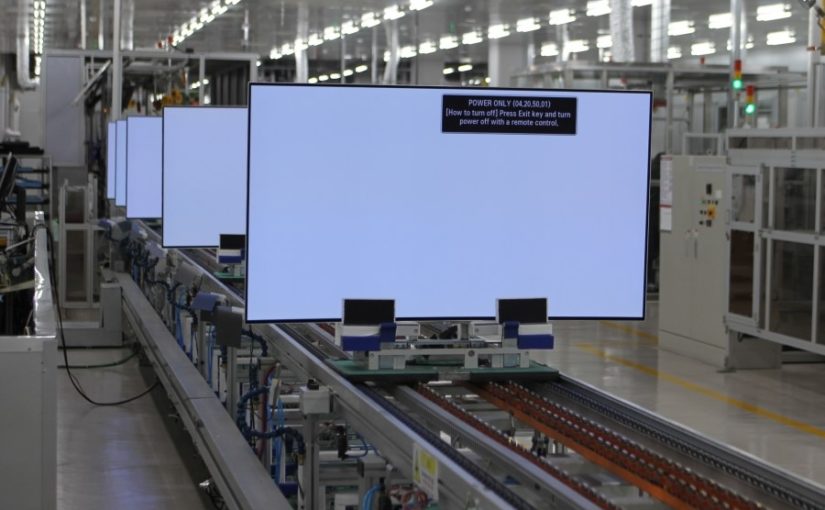LCD manufacturing processes start by making the liquid crystal material. It is then applied onto a glass substrate. The polarizer is attached to both the front and back sides. These layers are transparent, allowing light waves of a particular polarization to pass through while blocking light waves of another polarization. The electrostatic field of the photosensitive emulsion then enables the photosensitive emulsion to bind to the electrodes.
Various kinds of materials are used in LCD manufacturing. It is important to note that an LCD screen is made up of four main components – a display glass, a power supply, and a control circuit. Each of these components is made up of many different layers. For example, the display glass contains row and column electrodes. The drive electronics are responsible for supplying current to the electrodes and the control circuits decode incoming signals. The mechanical package is a protective housing and mounts the printed circuit boards to the display glass.
The LCD panel has two rows and columns of electrodes. The drive electronics control how much to rotate the LCD molecules and how long they remain twisted. They are divided into gate drive and source drive. The former has a high frequency and a slow response time. The gate type is the more energy-efficient of the two. The latter has an average spectral output and a wider color gamut than the former. The LCD panel has a high cost of production.
The panel is a critical component of the entire display process. In most display manufacturing processes, the panels are made in a clean room. It is extremely important to use precision when handling the glass. The robots that handle glass in this clean environment place the glass into a large cassette. The robots then lift the glass into a processing machine. Some of the machines orient the glass vertically, while others place it inside a vacuum chamber. The vacuum chamber removes all air before the work is done, depositing a thin layer of micrometers.
After the TFT glass is made, the glass plates are aligned, combined and fixed together. After that, the raw panels are heated, resulting in a stable panel structure. When the raw panel is ready, the screen is placed in the transfer basket. The LCD is ready for use. Once the glass panel has been made, the final assembly process will include the polarizer. These glasses will be protected from damage by the glass and will protect the LCD from dust.
Typically, LCDs contain four basic components: display glass, control electronics, and a power source. During the first step of manufacturing, the glass is coated with electrodes to make the display brighter. The next step is to apply the power supply. A polarizer can help the LCD be more responsive to changing light. A polarizer can help the LCD make the best use of its energy. If it is curved, the polarizer will be more prone to distortion.
